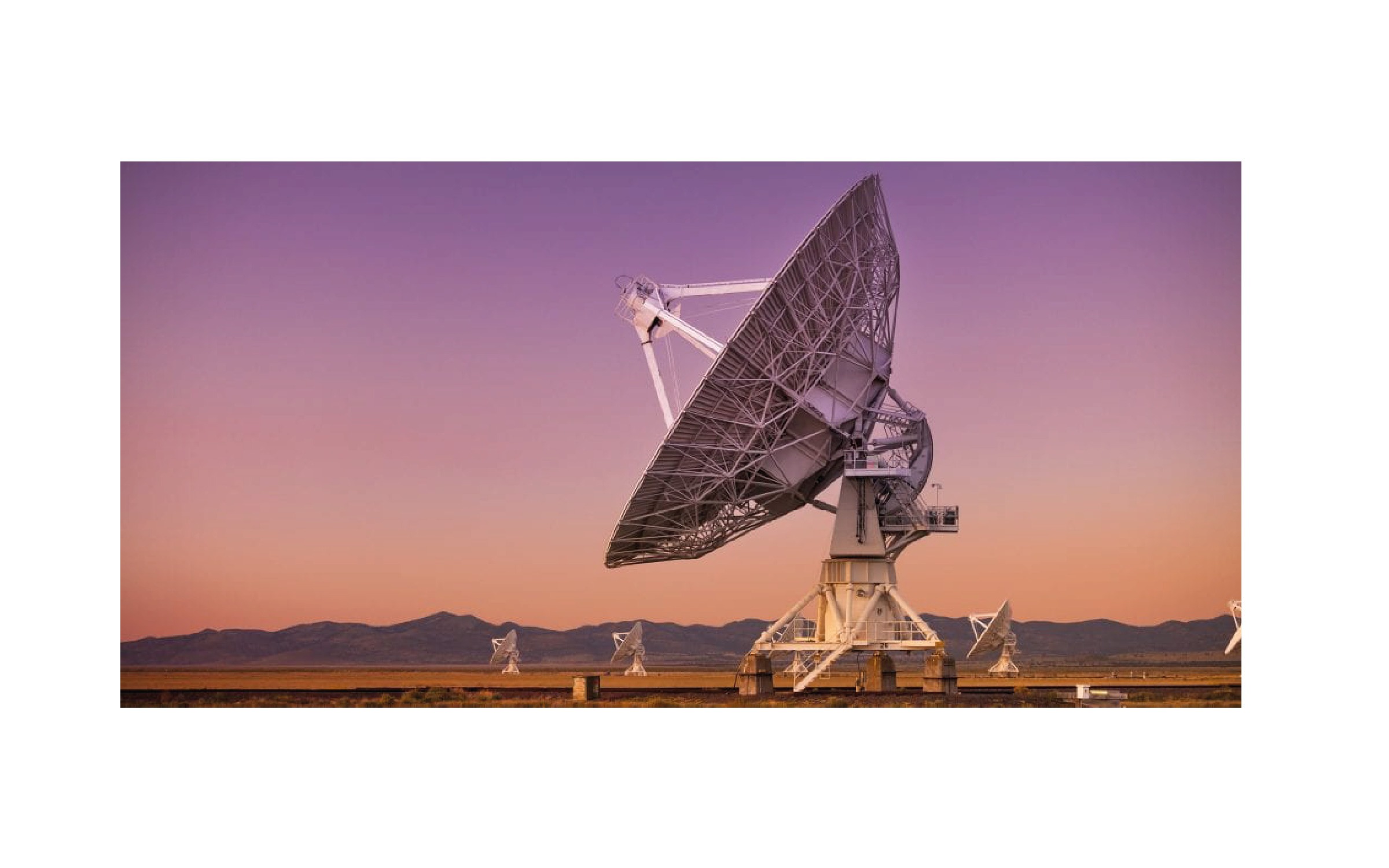[vc_row][vc_column][vc_column_text]
This blog post discusses the key announcements from the Union Budget 2021-22, as tabled by the Union Finance Minister in the Parliament of India on 01 February 2021.
Introduction:
After the release of the Economic Survey of India,1 the Union Finance Minister tabled the Union Budget in the Parliament; discussing its key highlights in her Budget Speech.[2] Two themes are likely to affect startups, MSMEs, and research and innovation- first, the increased push towards Atmanirbhar Bharat (self-reliant India) by promoting domestic enterprises, and second, the reliance on technology to increase efficiency, access, and quality across stakeholders.
A. Laying down the vision for ‘Atmanirbhar Bharat’
The vision of the Union Budget 2021-22 is to extend the goal of Atmanirbhar Bharat by increasing self-reliance and India’s ability to become a global manufacturing hub across sectors. The 2022 Union Budget is based on the following six pillars:
- Health and well-being.
- Physical and capital infrastructure
- Inclusive development for Aspirational India
- Re-invigorating human capital,
- Innovation and R&D,
- Minimum government and maximum governance.
The Finance Minister underscored the importance of ‘Atmanirbharta’ to ensure that India is ideally positioned to capitalize on the geopolitical and economic shifts taking place post the COVID-19 pandemic.
B. Technology interventions
Unlike the Union Budget of 2020-2021, there are not too many technology interventions in this year’s budget. However, there are several areas where the government intends to harness the power of technology to increase efficiency in governance, access to services, and quality of products and services.
Key Highlights of Union Budget 2021:
| No. | Announcement | Sectors Impacted |
| 1. |
Digital push under the National Education Policy:[3] – A National Digital Educational Architecture (‘NDEAR’) will be set up as a Digital First Mindset. – Digital Architecture will support teaching and learning activities. – The digital architecture will also support the educational planning, governance, and administrative activities of the Centre and the States/ Union Territories. It will provide a diverse education eco-system architecture for the development of digital infrastructure, a federated but interoperable system that will ensure the autonomy of all stakeholders, especially States and UTs. – To enable increased access to resources, online modules covering the entire gamut of adult education will be introduced. |
Technology; Startups; Education. |
| 2. |
Steps to harness technology for good governance and administration: – NCLT framework will be strengthened by implementing an e-Courts system, and alternative methods of debt resolution. Additionally, a special framework for MSMEs shall be introduced.[4] These measures will ensure faster resolution of cases. – The launch of data analytics, artificial intelligence, machine learning-driven MCA21 Version 3.0 will be seen in this fiscal year. This Version 3.0 will have additional modules for e-scrutiny, e-Adjudication, e-Consultation, and Compliance Management.[5] – Launch of a portal to collect relevant information on gig and construction workers among others, to get data to make policies on their social security.[6] – The forthcoming Census could be the first digital census in India’s history, for which INR. 3,768 crores have been allocated for 2021-2022.[7] – Faceless Income Tax Appellate Tribunal: Faceless assessment for income tax is already being implemented. The next step is to have a faceless appellate center. Electronic communications will be adopted for general communications. Video conferencing will be available for personal hearings.[8] [9] |
Technology; MSMEs; Good governance. |
| 3. | A new centrally sponsored scheme, PM Atmanirbhar Swasth Bharat Yojana, will be launched with an outlay of INR. 64,180 crores over six years. One of the main interventions under this scheme is the setting up of a national institution for One Health, a Regional Research Platform for WHO South-East Asia Region, 9 Bio-Safety Level III laboratories, and 4 regional National Institutes for Virology.[10] | R&I; Health-Tech. |
| 4. | INR. 1,500 crores will be spent towards financial incentives to promote digital modes of payment.[11] | Fintech. |
| 5. | The Government would support the development of a world-class FinTech hub at the Gujarat International Finance Tec-City (GIFT), India’s first International Financial Services Centre (IFSC).[12] | Fintech. |
| 6. | The government will spend INR. 1.97 lakh crores over 5 years on production-linked incentive schemes to promote manufacturing in 13 sectors, starting in 2021. This initiative will bring scale and size in key sectors, jobs to youth and make India a global hub for manufacturing.[13] | MSMEs; Startups; R&I. |
| 7. | To promote the textile industry, a Mega Investments Textile Parks Scheme will be rolled out. The parks will have plug-and-play facilities for companies. Seven textile parks will be established over three years.[14] | MSMEs; Startups. |
| 8. |
Changes to the Companies Act, 2013 to help startups and MSMEs: 1. A revised definition of Small Companies under Companies Act, 2013 by increasing their thresholds for:[15] (a) Paid-up capital from “not exceeding INR. 50 Lakh” to “not exceeding INR. 2 Crore” (b) Turnover from “not exceeding INR. 2 Crore” to “not exceeding INR. 20 Crore”. 2. Incentivizing the incorporation of one-person companies (‘OPC’) by:[16] (a) Allow OPC to go without restrictions on turnover and capital. (b) OPCs can convert to any other entity. (c) Reducing the residency limit for an Indian citizen to set up an OPC from 182 days to 120 days. (d) NRIs can incorporate OPCs. |
MSMEs; Startups. |
| 9. | INR. 15,700 crores have been allocated to the MSME sector, more than double last year’s budget estimate.[17] | MSMEs. |
| 10. |
Start-ups:[18] (a) Tax holiday to be claimable till next year (b) Capital gains exemption to be extended for one year |
Startups. |
| 11. | Deep Ocean Mission will be launched with a budget outlay of more than INR. 4,000 crores, over five years, for the survey, exploration, and conservation of deep-sea diversity.[19] | Innovation and R&D. |
| 12. | There will be an allocation of INR. 50,000 crores over five years for the National Research Foundation,[20] to ensure that the overall research ecosystem is strengthened and focus remains on the identified national-priority thrust areas.[21] | Innovation and R&D. |
| 13. |
Indirect Tax Proposals (GST): (a) Focus on custom duty rationalization to promote domestic manufacturing and export better, the thrust now being on easy access to raw materials. To this end, a review of more than 400 old exemptions will take place this year.[22] (b) For greater domestic value addition, the electronic and mobile phone industry will see the withdrawal of exemptions on some parts of mobiles and chargers. Additionally, some parts of mobiles will move from nil rate to moderate rate 2.5%.[23] (c) To support MSMEs’ products the following measures have been proposed:[24] – The duty on steel screws and plastic builder wares is being increased from 10% to 15%. – The duty on prawn feed is being increased from 5% to 15%. |
Startups; MSMEs; Telecommunications; Electronics. |
| 14. |
Funding will be increased for the National Infrastructure Pipeline to implement the following actions:[25] – Creation of institutional structures; – Promotion of asset monetization, and – Enhancing the share of capital expenditure in central and state budgets. |
Infrastructure; MSMEs. |
| 15. |
Roads and Highways infrastructure: (a) Construction of another 8500kms of roads and 11,000kms of highway corridors.[26] (b) The focus areas for the highway corridors are:[27] 1) 3500kms to be built in Tamil Nadu in the Madurai-Kollam and Chittoor-Thatchur corridors with an allocation of INR. 1.03lakh crores. 2) 1,100kms to be built in Kerala with an allocation of INR. 65,000 crores. This will include the 600km stretch of the Mumbai-Kanyakumari corridor. 3) 675kms of highway road to be built in West Bengal with an allocation of INR. 25,000 crores. This will include upgrading the existing Kolkata-Siliguri highway. 4) An additional 1300kms of highways to be built in Assam over the next three years with an allocation of INR. 34,000 crores. (c) Indian Railways:[28] 1) National Railway Plan for 2030. Bringing down costs to enable make in India. 2) Two corridors will be commissioned by June 2022 – the Western Dedicated Freight Corridor and the Eastern Dedicated Freight Corridor. The corridors will be developed through PPP mode. 3) Broad Gauge Route Kilometers (RKM) electrification is likely to reach 46,000 RKM (72%) by end of 2021 4) 100% electrification of Broad-Gauge routes will be completed by December 2023. 5) INR. 1,10,055 crores for railways allocation. INR. 1,07,100 for Indian Railways’ capital expenditure. (d) Urban Infrastructure:[29] (1) A new scheme will be launched to augment public bus transport services. The scheme will facilitate the deployment of innovative PPP models to enable private sector players to finance, acquire, operate and maintain over 20,000 buses. (2) There is an allocation of INR. 18,000 crores for this scheme. (3) Two new technology projects, namely Metro Lite and Metro NEO will be put in place, to provide a better experience and better safety at a lower cost in tier 2 cities. (4) Central counterpart funding will be provided for the following metro projects: – Kochi metro; |
Transport; Logistics; MSMEs. |
| 16. |
Power:[30] – The government will introduce a framework to allow consumers to choose from among more than one DISCOMs – INR. 3.5 lakh crores will be spent over 5 years to revamp infrastructure creation for DISCOMs. This will be used to assist DISCOMs in implementing prepaid smart metering, upgrading of various systems, etc. Renewable energy: – A comprehensive National Hydrogen Mission will be implemented in 2021 and 2022 to generate hydrogen from green power sources.[31] – INR. 1,000 crore infusion for Solar Energy Corporation of India (SECI), and INR 1,500 crore infusion for Indian Renewable Energy Development Agency.[32] – The government will release a phased manufacturing plan for solar cells and solar panels. Duties on imported solar inverters will be increased from 5% to 20%, and on solar lanterns from 5% to 15%.[33] |
Power; Renewable Energy; MSMEs. |
| 17. | On customs: The government will review more than 400 old exemptions under customs duties this year, and will conduct extensive consultations for this. From 01 October 2021, a revised customs duty structure will be introduced. Additionally, any new customs duty exemption will now be valid for two years till 31 March of the second year from the date of its issue. | Domestic enterprises and foreign companies sending imports to India |
This post has been authored by Shambhavi Ravishankar with inputs from Arpit Gupta.
For more on the topic, please get in touch at contact@ikigailaw.com
Image credit: Pixabay
[1] on January 29, 2021
[2] on February 01, 2021 at 11:00am
[3] Annexure V, Union Budget Speech (February 01, 2021) at p. 41-42, (available at: https://www.indiabudget.gov.in/doc/Budget_Speech.pdf)
[4] Para 82, Union Budget Speech (February 01, 2021) at p. 17, (available at: https://www.indiabudget.gov.in/doc/Budget_Speech.pdf)
[5] Para 83, Union Budget Speech (February 01, 2021) at p. 17, (available at: https://www.indiabudget.gov.in/doc/Budget_Speech.pdf)
[6] Para 111, Union Budget Speech (February 01, 2021) at p. 21, (available at: https://www.indiabudget.gov.in/doc/Budget_Speech.pdf)
[7] Para 136, Union Budget Speech (February 01, 2021) at p. 25, (available at: https://www.indiabudget.gov.in/doc/Budget_Speech.pdf)
[8] Paras 158 and 159, Union Budget Speech (February 01, 2021) at p. 30, (available at: https://www.indiabudget.gov.in/doc/Budget_Speech.pdf)
[10] Para 30, Union Budget Speech (February 01, 2021) at p. 5, (available at: https://www.indiabudget.gov.in/doc/Budget_Speech.pdf)
[11] Para 127, Union Budget Speech (February 01, 2021) at p. 24, (available at: https://www.indiabudget.gov.in/doc/Budget_Speech.pdf)
[12] Para 69, Union Budget Speech (February 01, 2021) at p. 15, (available at: https://www.indiabudget.gov.in/doc/Budget_Speech.pdf)
[13] Para 40, Union Budget Speech (February 01, 2021) at p. 7, (available at: https://www.indiabudget.gov.in/doc/Budget_Speech.pdf)
[14] Para 41, Union Budget Speech (February 01, 2021) at p. 8, (available at: https://www.indiabudget.gov.in/doc/Budget_Speech.pdf)
[15] Para 80, Union Budget Speech (February 01, 2021) at p. 16, (available at: https://www.indiabudget.gov.in/doc/Budget_Speech.pdf)
[16] Para 81, Para 80, Union Budget Speech (February 01, 2021) at p. 17, (available at: https://www.indiabudget.gov.in/doc/Budget_Speech.pdf)
[17] Para 114, Union Budget Speech (February 01, 2021) at p. 22, (available at: https://www.indiabudget.gov.in/doc/Budget_Speech.pdf)
[18] Para 173, Union Budget Speech (February 01, 2021) at p. 33, (available at: https://www.indiabudget.gov.in/doc/Budget_Speech.pdf) – “extend the eligibility for claiming tax holiday for start-ups by one more year – till 31st March, 2022. Further, in order to incentivize funding of the start-ups, I propose to extend the capital gains exemption for investment in start-ups by one more year – till 31st March, 2022.”,
[19] Para 131, Union Budget Speech (February 01, 2021) at p. 24, (available at: https://www.indiabudget.gov.in/doc/Budget_Speech.pdf)
[20]”The idea to set up a National Research Foundation (NRF) in India, as a body to catalyze, facilitate, coordinate, seed, grow, and mentor research in institutions around the country, has been in the minds of researchers in the nation for many decades. Such a National Research Foundation was one of the key recommendations of the Draft National Education Policy 2019, which was commissioned by the Ministry of Human Resource Development in 2017.” – National Research Foundation, Detailed Project Report, developed by The Prime Minister’s Science, Technology and Innovation Advisory Council (PM-STIAC) in Consultation with The Ministry of Human Resource Development Department of Higher Education, (available at: https://www.psa.gov.in/psa-prod/2020-11/English%20NRF.pdf)
[21] Para 126, Union Budget Speech (February 01, 2021) at p. 23-24, (available at: https://www.indiabudget.gov.in/doc/Budget_Speech.pdf)
[22] Paras 177 and 178, Union Budget Speech (February 01, 2021) at p. 33-34, (available at: https://www.indiabudget.gov.in/doc/Budget_Speech.pdf)
[23] Para 179, Union Budget Speech (February 01, 2021) at p. 34, (available at: https://www.indiabudget.gov.in/doc/Budget_Speech.pdf)
[24] Para 186, Union Budget SpeecH (february 01, 2021) at p. 35 and annexure on Legislative Changes in Customs and Central Excise at p. 53-62: (available at: https://www.indiabudget.gov.in/doc/Budget_Speech.pdf)
[25] Paras 42-44, Union Budget Speech (February 01, 2021) at p. 8, (available at: https://www.indiabudget.gov.in/doc/Budget_Speech.pdf)
[26] Para 50, Union Budget Speech (February 01, 2021) at p. 10, (available at: https://www.indiabudget.gov.in/doc/Budget_Speech.pdf)
[27] Para 51, Union Budget Speech (February 01, 2021) at p. 10, (available at: https://www.indiabudget.gov.in/doc/Budget_Speech.pdf)
[28] Paras 54-56, Union Budget Speech (February 01, 2021) at p. 11-12, (available at: https://www.indiabudget.gov.in/doc/Budget_Speech.pdf)
[29] Paras 57-59, Union Budget Speech (February 01, 2021) at p. 11-12, (available at: https://www.indiabudget.gov.in/doc/Budget_Speech.pdf)
[30] Para 62, Union Budget Speech (February 01, 2021) at p. 13, (available at: https://www.indiabudget.gov.in/doc/Budget_Speech.pdf)
[31] Para 63, Union Budget Speech (February 01, 2021) at p. 13, (available at: https://www.indiabudget.gov.in/doc/Budget_Speech.pdf)
[32] Para 73, Union Budget Speech (February 01, 2021) at p. 15, (available at: https://www.indiabudget.gov.in/doc/Budget_Speech.pdf)
[33] Para 184, Union Budget Speech (February 01, 2021) at p. 35, (available at: https://www.indiabudget.gov.in/doc/Budget_Speech.pdf)
[/vc_column_text][/vc_column][/vc_row]









